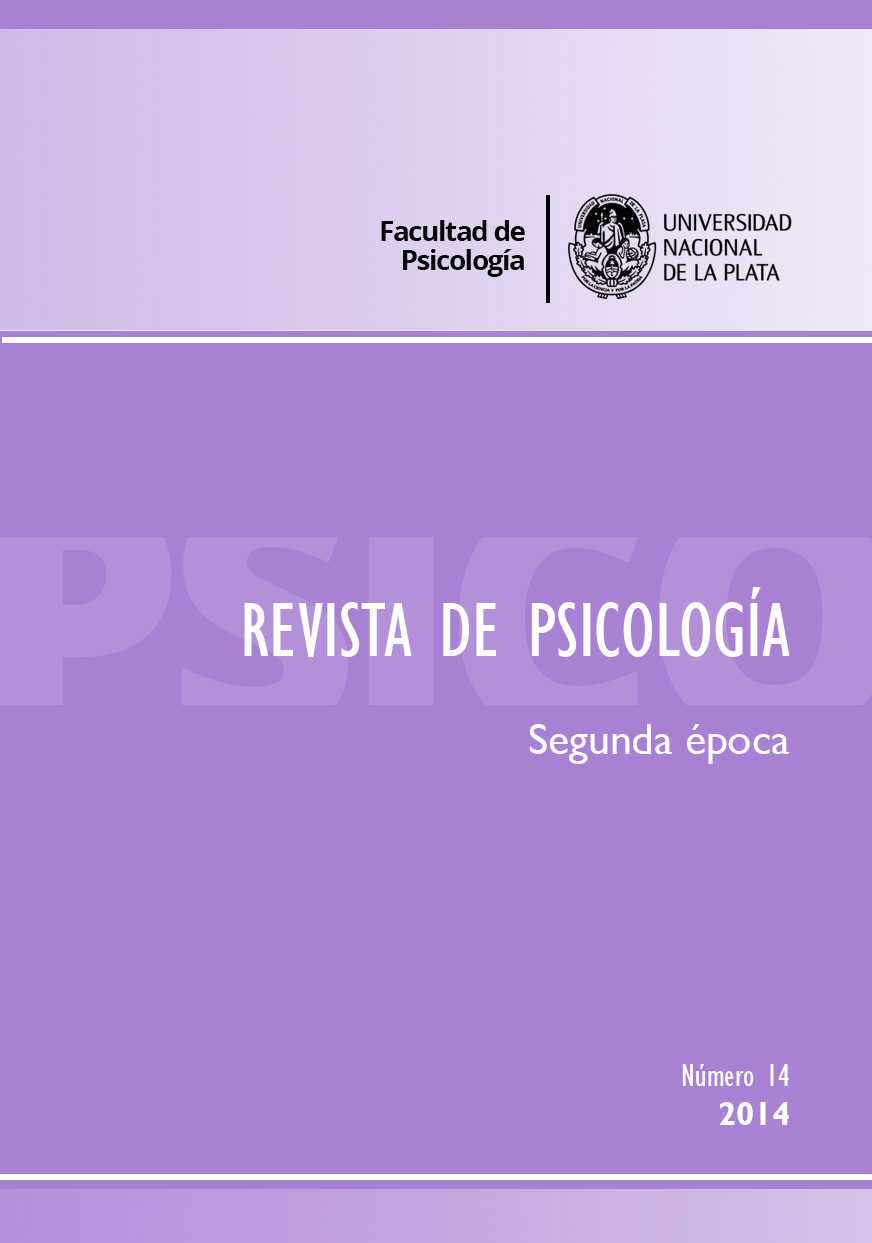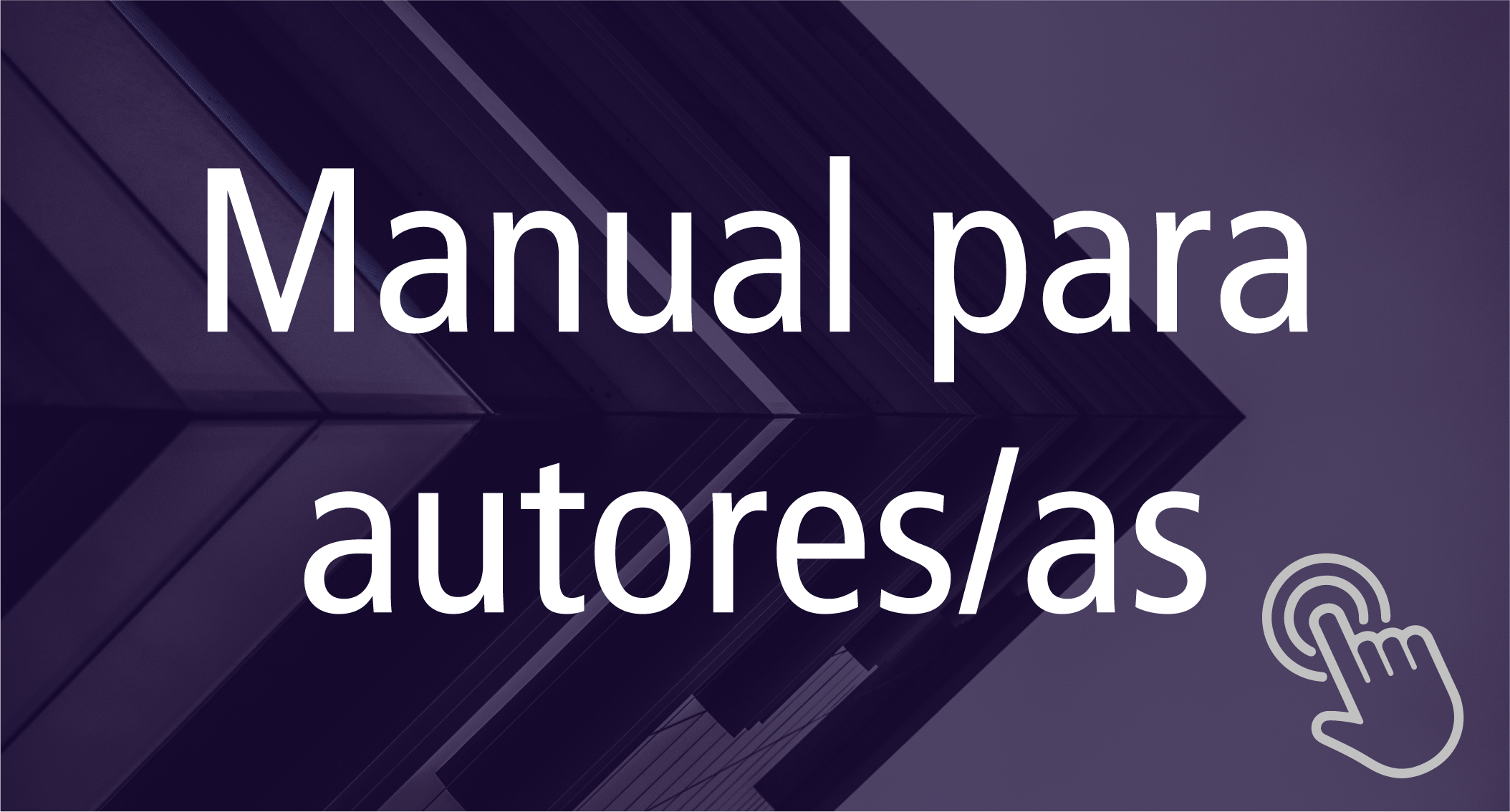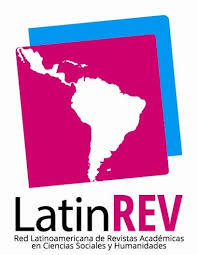El desarrollo del pensamiento algebraico en niños de escolaridad primaria
Palabras clave:
educación matemática, simbolización, escolaridad primaria, pensamiento algebraicoResumen
Este artículo presenta los resultados de investigaciones centradas en el desarrollo del pensamiento algebraico en niños de escolaridad primaria. Específicamente, se centra en el desarrollo del pensamiento funcional y en la práctica representacional, atendiendo a la apropiación de las tablas y las letras para representar cantidades indeterminadas por parte de niños de primer grado. Estos estudios muestran los recursos que manifiestan los niños para desarrollar su pensamiento funcional y para usar tablas y letras en contextos algebraicos. Estos resultados se oponen a los de estudios clásicos que habían enfatizado las grandes dificultades de estudiantes adolescentes a la hora de aprender álgebra. El artículo finaliza con reflexiones a nivel metodológico y teórico en cuanto a estos estudios de investigación.
This article presents an overview of the results of studies that have focused on the development of algebraic thinking among young elementary school children. Specifically, it centers on the development of functional thinking and the algebraic practice of representation, with a focus on the appropriation of tables and notation for variables among first grade children. These studies show the resources that children have to develop functional thinking and to use tables and notation for variables in algebraic contexts. These results are contrasted with earlier studies that had emphasized the great difficulties that adolescent students have in learning algebra. In closing, the article provides methodological and theoretical reflections related to these research studies.
Referencias
Blanton, M., Levi, L., Crites, T., & Dougherty, B. (2011). Developing essential understanding of algebraic thinking for teaching mathematics in Grades 3-5. Reston, VA: NCTM.
Brizuela, B. M., Blanton, M., Gardiner, A., Newman-Owens, A., & Sawrey, K. (en prensa). A First Grade Student’s Exploration Of Variable And Variable Notation. Estudios de Psicología.
Brizuela, B. M., Blanton, M., Sawrey, K., Newman-Owens, A., & Gardiner, A. (2014). Children’s Use Of Variables and Variable Notation To Represent Their Algebraic Ideas. Manuscrito en revisión.
Brizuela, B. M., & Lara-Roth, S. (2002). Additive relations and function tables. Journal of Mathematical Behavior, 20(3), 309-319.
Brizuela, B. M., & Martinez, M. V. (2012). Aprendizaje de la comparación de funciones lineales. In M. Carretero, J. A. Castorina, & A. Barreiro (Eds.), Desarrollo Cognitivo y Educación: Procesos de Conocimiento y Contenidos Específicos (vol. 2, pp. 263-286). Buenos Aires: Editorial Paidós.
Brizuela, B. M., & Earnest, D. (2008). Multiple notational systems and algebraic understandings: The case of the "best deal" problem. In J. Kaput, D. Carraher, & M. Blanton (Eds.), Algebra in the Early Grades (pp. 273-301). Mahwah, NJ: Lawrence Erlbaum and Associates.
Brizuela, B. M., & Schliemann, A. D. (2008). Alumnos de diez años de edad resolviendo ecuaciones lineales. 12ntes. Enseñar Matemática Nivel Inicial y Primario, 5, 7-24.
Carraher D. W., Martinez, M. V., & Schliemann, A. D. (2009). Introducción temprana al álgebra y a la generalización matemática. 12(ntes) Primer Ciclo, 4, pp. 7-42.
Carraher, D. W., & Schliemann, A. D. (2007). Early algebra and algebraic reasoning. In F. Lester (Ed.), Handbook of research in mathematics education (pp. 669-705). Greenwich, United Kingdom: Information Age Publishing.
Derry, S. J., Pea, R. D., Barron, B., Engle, R. A., Erickson, F., Goldman, R., Hall, R., Koschmann, T., Lemke, J. L., Sherin, M. G., & Sherin, B. L. (2010). Conducting Video Research in the Learning Sciences: Guidance on Selection, Analysis, Technology, and Ethics. Journal of the Learning Sciences, 19(1), 3-53.
Kaput, J. (2008). What is algebra? What is algebraic reasoning? In J. Kaput, D. Carraher, & M. Blanton (Eds.), Algebra in the early grades (pp. 5–17). Mahwah, NJ: Lawrence Erlbaum Associates/Taylor & Francis Group.
Kelly, A. E. (Ed.). (2003). The Role of Design in Educational Research. Educational Researcher, 32(1), 3–37.
MacGregor, M., & Stacey, K. (1997). Students’ Understanding of Algebraic Notation: 11-15. Educational Studies in Mathematics, 33(1), 1-19.
Radford, L. (2011). Grade 2 Students’ Non-Symbolic Algebraic Thinking. In J. Cai & E. Knuth (Eds.), Early algebraization: A global dialogue from multiple perspectives. Advances in Mathematics Education Monograph Series (pp. 303-322). New York: Springer.
Sawrey, K., Brizuela, B. M., & Blanton, M. (en prensa). Student-Produced Representations as a Means for Interrupting the Flow of an Interview. Estudios de Psicología.
Schliemann, A. D., Carraher, D., & Brizuela, B. M. (2011). El carácter algebraico de la aritmética: de las ideas de los niños a las actividades en el aula. Buenos Aires: Editorial Paidós.
Descargas
Publicado
Número
Sección
Licencia
![]()
Los autores/as que publiquen en esta revista aceptan las siguientes condiciones:
- Los autores/as conservan los derechos de autor y ceden a la revista el derecho de la primera publicación, con el trabajo registrado con la licencia de atribución de Creative Commons, que permite a terceros utilizar lo publicado siempre que mencionen la autoría del trabajo y a la primera publicación en esta revista.
- Los autores/as pueden realizar otros acuerdos contractuales independientes y adicionales para la distribución no exclusiva de la versión del artículo publicado en esta revista (p. ej., incluirlo en un repositorio institucional o publicarlo en un libro) siempre que indiquen claramente que el trabajo se publicó por primera vez en esta revista.
- Se permite y recomienda a los autores/as a publicar su trabajo en Internet (por ejemplo en páginas institucionales o personales) antes y durante el proceso de revisión y publicación, ya que puede conducir a intercambios productivos y a una mayor y más rápida difusión del trabajo publicado (veaThe Effect of Open Access).




































